- Wine Tour Destinations
Situated across approximately 18,000 hectares, the Lisbon region is renowned for producing a large quantity of Portuguese wines with a history dating back to ancient Roman times. The region comprises of nine main denominations including the Bucelas, Colares, and Carcavelos appellations in the south, Alenquer, Arruda, Lourinhã, Óbidos and Torres Vedras appellations in the centre, and Encosta d’Aire to the north. The most famous of these are the southern appellations.
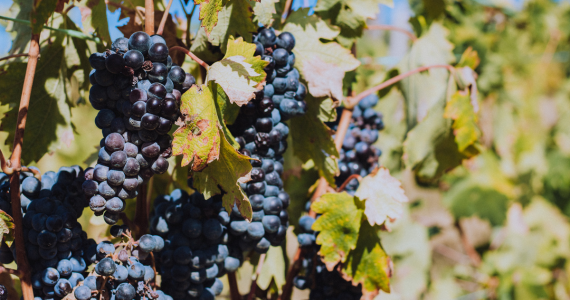
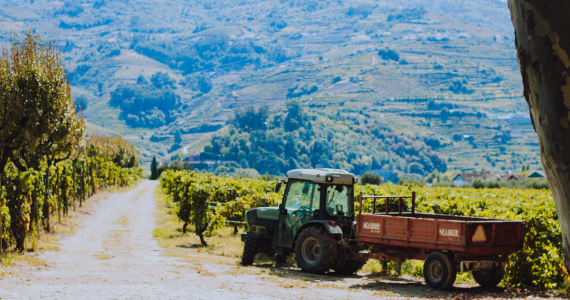
Distinctive, fresh Arinto grapes are used in Bucelas’ white wines, which became popular in the early 19th century as a favourite of King George III. While Carcavalos enjoyed a similar history as a heavy export to England centuries ago, the city of Lisbon has since expanded into the vineyards, meaning few wines are produced in this appellation today.
Varieties used in white wines in this region include Fernão Pires, Malvasia, Seara-Nova and Vital, while red wines adopt Alicante Bouschet, Aragonez, Castelão, Tinta Miúda, Touriga Franca, Touriga Nacional, and Trincadeira. In recent years, winemakers have also begun to modernise their wines with the use of international varieties such as Chardonnay, Cabernet Sauvignon and Syrah. With a similar geography to that of Chile and California, Lisbon’s fresh wines are made closer to the cool Atlantic and its deeper, textured wines made in the drier, more protected inland areas.
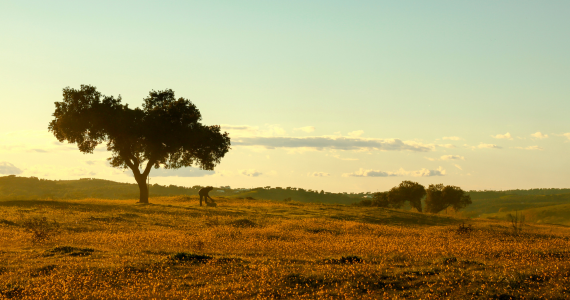

Península de Setúbal
Just a short way down the coast, the Península de Setúbal was first recognised as a wine region in 1908, although history demonstrates vines were first planted here in around 2000 BC. In the 19th century, it was home to the world’s largest continuous vineyard with around 4000 hectares belonging to one single producer.
Known for its fortified wines, the best in the area is claimed to be the Moscatel de Setúbal, which first gained popularity in the 14th century at the request of Richard II who ordered it to his royal court. Moscatel de Sebútal is sweet, fortified white wine which develops a complex flavour and heavy floral aromas over time as it is matured in oak barrels for four to five years. This gives a burnt orange colour and Christmassy spiciness.
While much of the Setúbal wine region is flat with vineyards planted in sandy soils, Moscatel grapes are grown in the clay limestone soils in the mountains, where higher altitude and breeze from the Atlantic allow for a cooler climate than for grapes grown elsewhere in the region. For delicious red wines, which make up 12% of the DOC wines in the region, look to DOC Palmela. The hot weather in this region allows for the late ripening of the Castelão grape in sandy soils, which gives structure and depth.
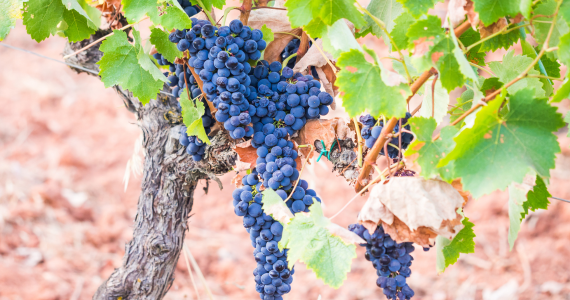

Tejo
In the centre of Portugal sits the Tejo wine region, also home to Roman ruins, Gothic castles, and remote villages. One of the oldest winemaking regions in Portugal, Tejo was known as Ribatejo until 2009, and has been a grape-growing area for centuries thanks to its prime conditions on the banks of the Tejo River. Tejo’s balanced red wines are mainly produced from Touriga Nacional grapes, while fresh white wines are produced using Fernão Pires and Arinto, thanks to a sunny climate and complex soils.
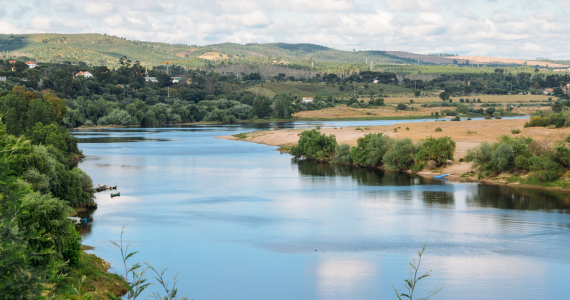

Alentejo
Alentejo wines are typically made using Aragonez, Castelão, or Trincadeira grapes (or even a blend of the three). In recent times, Alentejo winemakers too have successfully adapted to using Syrah and Cabernet Sauvignon varieties in their wines. The Alentejo region expands further inland, and so the warmer, drier heat allows for the production of easy-drinking red wines.
Algarve
Already a famed spot for a summer holiday, the Algarve in Portugal’s sunny south also boasts a generous wine offering. Split into four main appellations: Lagos, Portimão, Lagoa and Tavira, these regions are protected from harsh winds by the surrounding mountains, allowing grapes to grow abundantly.


Madeira
Legend tells us that Madeira’s fortified wine came about by accident in the 15th century, when barrels of wine were transported by ship for too long and developed their own unique character. While there are more than 30 Madeira wine varieties, the most commonly used today are Sercial, Verdelho, Bual and Malvasia, while Tinta Negra counts for more than 80% of the harvest on the island.
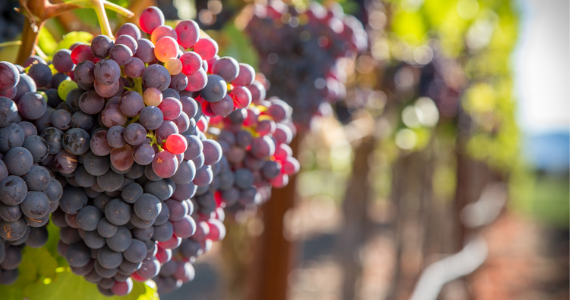

Wineries in the south of Portugal are often family-run, with an informal atmosphere and friendly owners. We can put together trips that combine tours and tastings at these estates with wine and food pairing experiences so you can sample the best of the region.
Our friendly team would love to hear from you on +44 (0) 1920 46 86 66 or at info@grapeescapes.net to discuss your requirements and craft your itinerary. Just get in touch!

"Excellent organisation. Great fun and very informative."
Anna - Surrey, UK
Around half of our trips are completely bespoke. Our expert team would be delighted to discuss your requirements and create your perfect trip.
Contact Us
